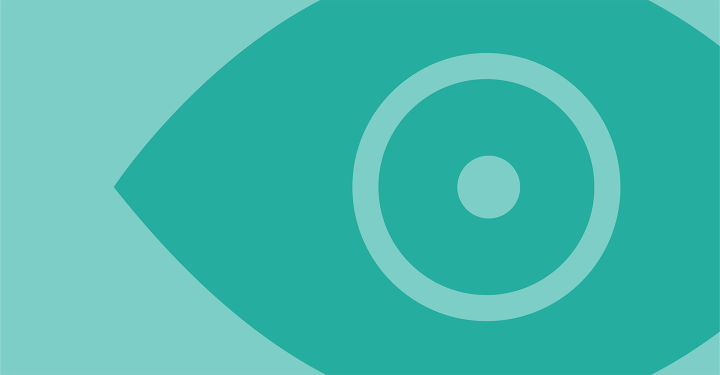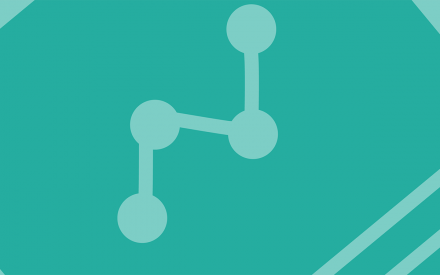At the 2015 BMJ & IHI International Forum in London Maureen Bisognano (President Emerita and Senior Fellow, Institute for Healthcare Improvement), spoke about the role ‘exnovation’ can have to support improvements in care services. In her talk, Maureen presented a few simple questions; ‘How do we stop what doesn’t work anymore?’ and ‘How will we eliminate wasteful practices and processes?’ Maureen also spoke about the need for courage to engage in exnovation. This presentation came to mind after I had read the article by Professor Gabrielle Adams and colleagues recently published in Nature. The article, which is titled: ‘People systematically overlook subtractive changes’ (2021) shows that people systematically default to searching for additive transformations, and consequently overlook subtractive transformations.
The article describes across eight experiments, how participants were less likely to identify advantageous subtractive changes when the task did not (versus did) cue them to consider subtraction, when they had only one opportunity (versus several) to recognize the shortcomings of an additive search strategy or when they were under a higher (versus lower) cognitive load. In summary, the authors suggest that defaulting to searches for additive changes may be implicated in a variety of costly modern trends, including overburdened minds and schedules, increasing bureaucracy and even humanity’s damaging impact on the planet. If people default to adequate additive transformations—without considering comparable (and sometimes superior) subtractive alternatives—they may be missing opportunities to make their lives more fulfilling, their institutions more effective and their planet more liveable.
One of the co-authors of the paper – Leidy Klotz has a book that takes a deeper look at the topic, Subtract: The Untapped Science of Less.
“In our striving to improve our lives, our work, and our society, we overwhelmingly add. In each of these situations, we’re all doing essentially the same thing—trying to change things from how they are to how we want them to be. And in this ubiquitous act of change, one option is always to add to what exists, be it objects, ideas, or social systems. Another option is to subtract from what is already there.”
Klotz explains that his ‘eureka’ moment came whilst playing Lego with his son. Together they had built a structure with two columns and a connecting bridge. Unfortunately, the two columns differed in height, so the structure was wonky. Klotz chose to look for another brick to add to his column to ensure it was equal in height, whilst his son (3yr old) simply took a brick away from his column. Simple, elegant, and efficient.
A summary of his book and a short video summarising this moment are available here: https://behavioralscientist.org/subtract-why-getting-to-less-can-mean-thinking-more/
How is this relevant to improving health and social care? The appeal by Maureen Bisognano for people to think about exnovating is based on lessons learnt from within healthcare, such as the ‘Getting Rid of Stupid stuff’ campaign (Ashton, 2018). But often when we work with care services, and ask them to understand their systems and processes, to identify where the challenges may be (and thus where the opportunities for change may be), the change ideas identified as potential improvements typically constitute adding something to the process, such as a new checklist or collecting more data. Of course, both of which may be appropriate interventions.
However, I rarely experience people suggesting a subtraction as a change idea. Which is curious, because The Improvement Guide (Langley et al., 2009) which for many people constitutes the primary text to guide their improvement work, has a number of ‘subtractions’ included in the section on ‘Change Concepts’ (p364 – 408). Indeed, the section starts with: 1. ‘Eliminate Things That Are Not Used’, 2. ‘Eliminate Multiple Entry’, 3. Reduce or Eliminate Overkill’, 4. ‘Reduce Controls on the System’….. ALL of which are subtraction interventions!
The question for me is therefore, ‘Why do people typically identify an additive change idea and not a subtractive one?’ Again, the paper by Adams and colleagues, provides an explanation:
“Across many domains of judgment, people rely on quick and easy mental shortcuts—especially when high cognitive demands preclude the pursuit of more tailored approaches and in the absence of information that cues alternative strategies. Thus, if additive search is a common default, people should be more likely to rely on it when they are cognitively loaded and—conversely— they should be less likely to rely on it when task experience or task information cues them to use another strategy.”
The mental shortcuts that the authors refer to are Heuristics or ‘cognitive biases’ which are numerous and powerful (cf. Kahneman, 2011, Thinking, fast and slow). Heuristics are systematic errors of judgement that allow us to react or respond quickly to the world but can often lead us to the wrong decision. The issue of cognitive load is explored in ‘Scarcity: Why Having Too Little Means So Much (Sendhil Mullainathan & Eldar Shafir, 2013) but can be summarised as the cognitive resources (mental bandwidth) available to engage fully with thoughts, memory, decisions, etc. When our ‘bandwidth’ is full, we tend to make inferior decisions. In increasingly busy work settings, this leads to an inevitable downward spiral. Finally, the issue of ‘cues’ relates to the contextual guidance or reminders which can support (or hinder) decisions. This subject is explored in detail by Richard Thaler and Cass Sunstein in their book ‘Nudge: improving decisions about health, wealth, and happiness (2009)’ which looks at the role and philosophy of ‘choice architecture’.
Put into context, improvement work is the systematic application of methods and tools aimed at reducing variation and increasing the quality and safety of the care provided. Even after 30 years of application (2021 is the 30th anniversary of the IHI) and a wealth of guidance, the research literature indicates that there is a “continued need for improvement in quality improvement methodology” (Knudsen, et al., 2019). Perhaps one area for improvement could be to emphasise subtraction as an idea worth exploring more rigorously. This would include being aware of issues relating to cognitive capacity to support clear thinking and salient reminders (Nudges or choice architecture) that subtraction is an option.
I would also like to reflect on Maureen’s point that exnovation needs courage. This feels instinctively accurate and speaks to the need to understand the role of culture, and more specifically feeling empowered and psychological safety to engage in exnovation. These issues have garnered a great deal of interest in the organisational psychology literature (cf. Khan et al., 2020), but limited attention from the field of improvement science (Nembhard & Edmondson, 2006). This may also be a potential area that improvement science could explore more rigorously.
Of course, there may well be a need to add something in order to improve it, it seems our brains and our cultures are ‘hard-wired’ to add more. However, with these elements in place (courage, cognitive capacity, and reminders) we would have access to a greater diversity of solutions, more or less.
Fagligt Nyt om patientsikkerhed er et nyhedsbrev, der udgives af PS!, og som udkommer ca. 6 gange årligt. Det formidler nyt om de seneste nationale og internationale forskningsresultater, begivenheder, trends og meninger inden for patientsikkerhed.
Tilmeld dig Fagligt Nyt




